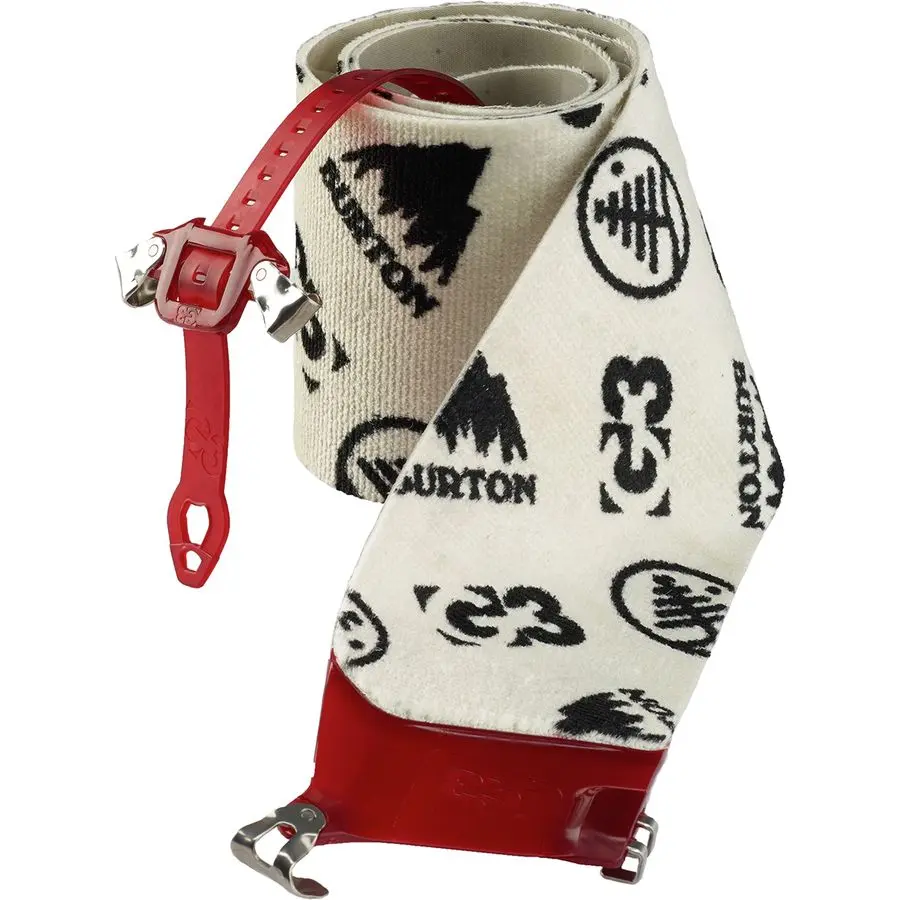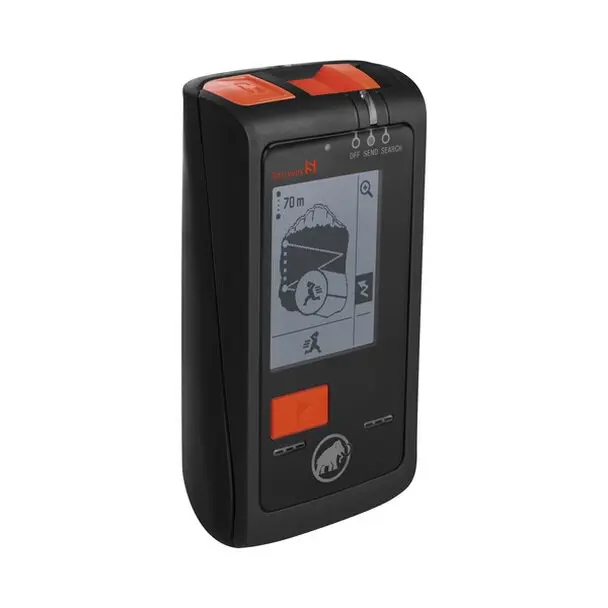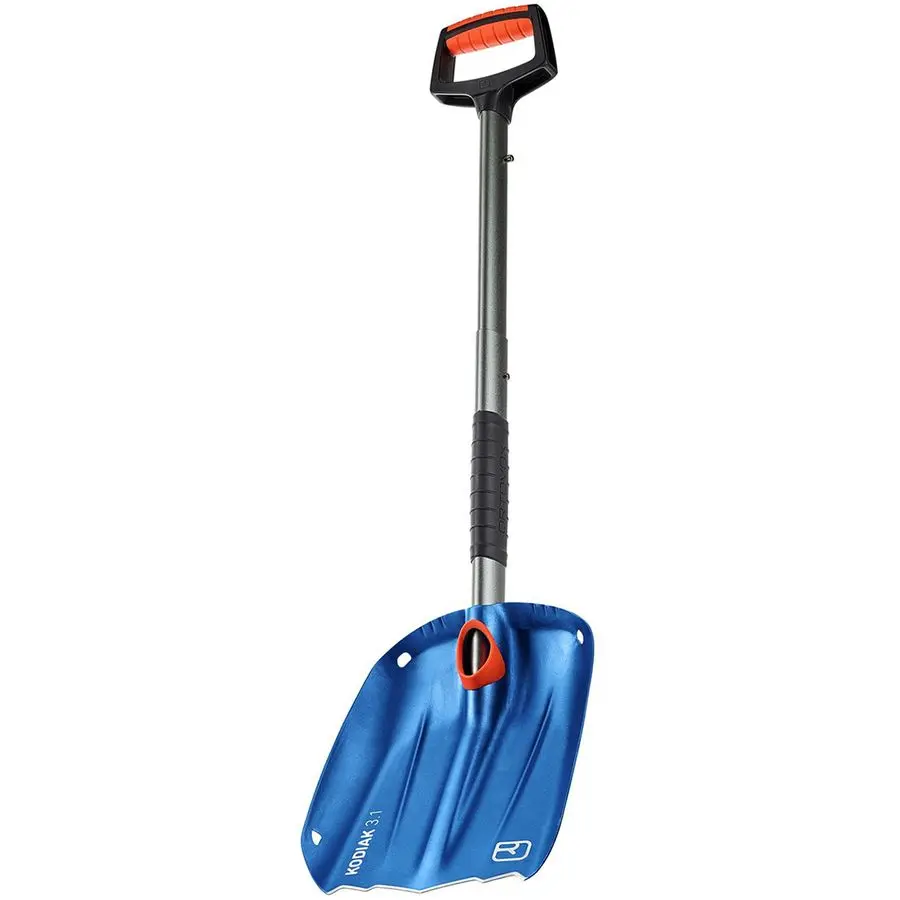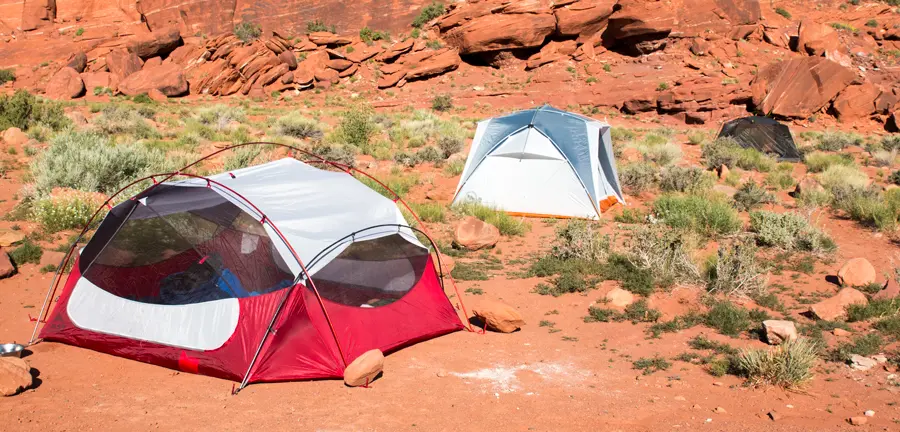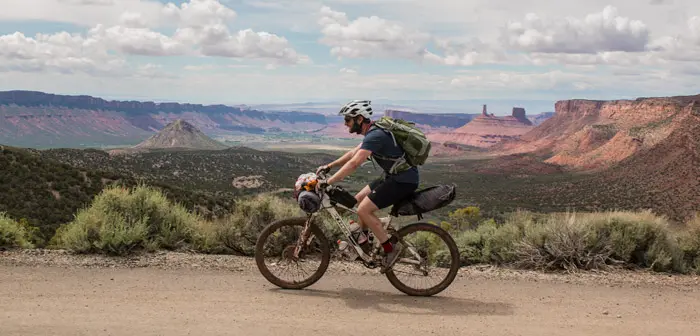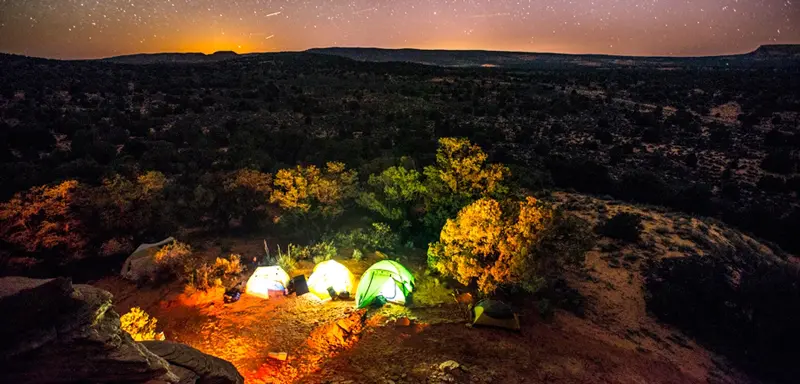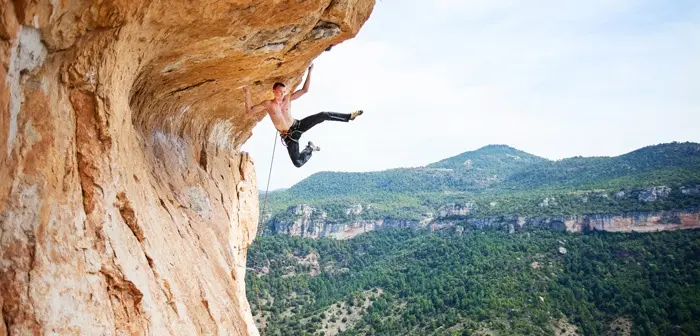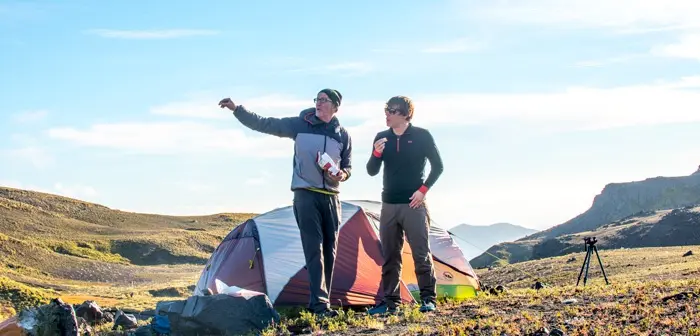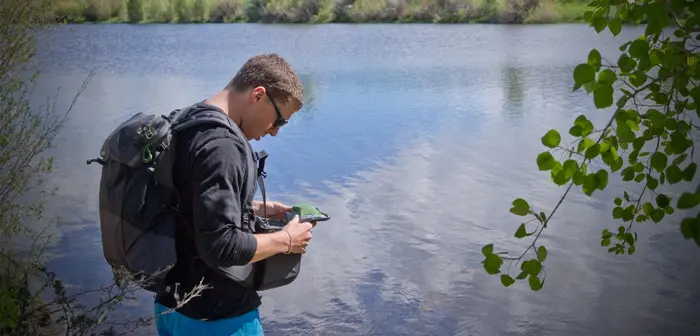Splitboarding Buyer's Guide
With resorts shut down across the country, splitboarding is one of the only options for snowboarders who are still looking to make some turns this spring. That said, the backcountry is a dangerous place, one that requires formal avalanche education as well as avalanche safety gear and the know-how to use it. If you do not have formal avalanche training, unfortunately, now is not an opportune moment to step into the backcountry given the COVID-19 crisis. And even if you have formal avalanche training and do decide to go splitboarding, it is more important than ever to be extremely conservative in the backcountry. We'll discuss this more in detail below.
However, regardless of whether you're riding this spring or holding off and signing up for an Avalanche Level 1 Course early next season, now is one of the best times to buy splitboarding gear. Why? Because winter gear is massively discounted. Retailers like Backcountry, Moosejaw, and The-House are clearing shelves and offering outrageous sales. Plus, when you start your gear search with Active Junky, you can earn double-digit Cash Back on all of your gear purchases. As such, smart splitboarders are currently on the hunt for deals. Spring is the perfect time to update old splits, add fun shapes to the quiver, and replace archaic bindings, dilapidated boots, and gunky skins. Read on for reviews on some of our favorite splitboard gear on the market right now.

A Note on Backcountry Decision-Making During the COVID-19 Crisis:
Any accidents that occur in the backcountry put search and rescue crew members at risk of contracting COVID-19. Furthermore, any serious injuries sustained in the backcountry will divert hospital beds and other resources away from COVID-19 victims. As such, if you do decide to go splitboarding at this moment in time, you must do so responsibly. Apply social distancing principles on the skin track, read and heed your local avalanche center's daily forecast, and make ultra-conservative riding choices. Simply put, we cannot afford to strain the health care system during this difficult time—if you can't make conservative, safe decisions, you should stay home and wait for next year. Furthermore, as things are changing incredibly quickly at the moment, it is possible that splitboarding goes against federal and state regulations. If that is the case, make sure that you are following mandated guidelines and restrictions.
Venture Carbon Paragon

Pros:
For many snowboarders, the idea of having a split quiver is borderline offensive—splitboards are expensive enough, why buy two or three when one will do? That's where Venture's Carbon Paragon comes in: This deck is remarkably lightweight, versatile, and damn fun to ride. As such, it's one of our all-time favorites and the consummate quiver-killing splitboard.
Before we get into the nitty-gritty of the Carbon Paragon, a word on the company responsible for creating this masterpiece. Venture is an independently owned, wind-powered snowboard company based out of Silverton, CO. Venture has fought hard to keep its boards built domestically, as evidenced by its tagline: "Snowboards and splitboards handcrafted by snowboarders like you in Silverton, Colorado, USA." Not only that, but Venture has shut down snowboard production in the wake of the COVID-19 crisis and is currently using its factory to manufacture protective masks for health care professionals. Buying a rad, discounted splitboard from Venture's existing inventory isn't merely a windfall for you, but it's also a great way to support a benevolent boardin' business during the COVID-19 crisis.
OK, let's get back to the split in question. While the award-winning Carbon Paragon splitboard has a 2.5cm setback, it also sports a nearly undetectable 7mm taper (the 160 we tested has a nose width of 296mm and a tail width of 289). The resulting shape is versatile enough to float through powder but still allows freestyle-minded freeriders to spin, stomp, and smear in and out of switch. Venture's brand of Straight-Line Rocker—rocker at the tip and tail mellowing out into a flat section between the feet—contributes to the board's playful attributes. The 160 we tested possesses the buoyancy of a 161 or 162, but the on-snow agility and airborne acumen are more akin to those of a 157 or 158. The tail is easily engaged, whether you're throwing up a rooster tail in powder or popping an ollie off a pillow stack.
As any jack of all trades should, the Carbon Paragon balances playfulness with precision. Venture's celebrated edge-hold and responsiveness come courtesy of its Fusion Flex and Sidecut, which the small Colorado company deems its "secret sauce." The alchemical combo results in a deck that reacts and rides like a top-notch all-mountain solid board and can take on everything from deep powder and corn to crusts, slush, and all creeds of crud.
While we're beyond impressed by the riding prowess of this pow-slaying, chop-slaughtering, cliff-clobbering powerhouse, a splitboard is only as valuable as it is durable. And durability is a department that Venture downright destroys. While we've yet to notice any unjustified wear and tear on our tester Carbon Paragon, it's not uncommon to see 10-year-old, well-loved Venture splits out in the wild. Castor bean topsheets, inlaid graphics on a Durasurf sintered base, cold-rolled high-carbon steel edges, and burly P-tex sidewalls are all critical ingredients in Venture's rugged recipe. Like any board, core shots, delamination, and dings may occur on the Carbon Paragon, but you'll have to ride hard to make them happen.
Finally, the Carbon Paragon is a step-up from the standard Paragon. If the Carbon Paragon price ain't right, certainly consider the Paragon—it's built to the same specs, with the same proven durability, and rides like a champ. However, the Carbon Paragon, which substitutes a traditional fiberglass laminate with a pure carbon layup, is up to a pound lighter, depending on the size. That pound is no big deal at the resort, but when logging 5K vertical feet in a day, it will make all the difference in the world. Furthermore, we love the board feel of the Carbon Paragon—the snap, reactivity, and playfulness felt just right.
Cons:
We don't mind having camber underfoot on the uphill—in fact, generally speaking, we prefer it. Venture's flat-bottomed boards perform well when climbing, and you can always throw on a pair of split crampons in a pinch, but camber purists will want to factor the Carbon Paragon’s flat profile into their purchasing decisions. Also, the Paragon is undoubtedly lively, but some serious big mountain riders may crave a stiffer backbone (check out Venture's Odin if that's your modus operandi).
Tester Comments:
"I've tested stacks and stacks of splitboards over the last five years, but I've never ridden one that feels as reliable across a wide range of conditions. From dropping cliffs and hop-turning down steeps to styling out pow turns and poppers, this deck is incredibly capable. If I've got to narrow all of the boards in my quiver and keep one, this is it."
Best for: Splitboarders who want a quiver-killing split that's light on the way up and bewilderingly badass on the way down.
Spark R&D Arc Splitboard Bindings

Pros:
The Spark R&D Arc is our go-to splitboard binding. First off, Spark's Tesla T1 puck system is intuitive, adjustable, and reliable. Plus, the Arc's minimalistic, machined skeleton baseplate both saves weight and allows quick adjustments without the use of a puck guide.
Binding setup is simple, and transitions are even more straightforward. To switch into touring mode, you pop up the snap ramp (a locking mechanism at the toe of the baseplate), yank the heelcup, and voila, you're ready to pop the binding into the touring brackets and start huffing uphill. Once in tour mode, the Whammy Bar Climbing Wires are a dream. Thanks to a metal protrusion on the side of each wire, you can adjust the heel height with the simple flick of a ski pole. With two positions (12 degrees and 18 degrees) at your disposal, the Whammy Bars ensure efficient skinning.
Spark's Arc Rip n' Flip highback delivers a mid-stiff flex and is appropriate for all but the steepest and most technical of lines. Hardcore, hard-charging, and heavyset splitboarders who demand steely stiffness will prefer Spark's Surge.
That said, the Arc's forward lean adjustment is wonderfully uncomplicated: It's painless to dial in your chosen forward lean angle by screwing or unscrewing the mechanism. When you're heading uphill, the forward lean adjustor flips up into walk mode, the highback leans back like it's on vacation, and you have ample range of motion.
Spark's Pillow Line Straps aren't the cushy, plush, fabric straps that resort riders regularly rely on, but the hard, flexible, molded straps are durable, waterproof, responsive, and surprisingly comfortable. Once you get used to them, there's no going back.
One of the most attractive elements of the Spark Arcs is not the riding quality, nor the touring-friendly features, but the price. Coming in under $400—and that's before spring discounts—the Arcs are affordable. Whether you're an experienced splitter looking to replace old gear or a newbie ogling their first setup, the Arc delivers the most bang for your buck.
Cons:
Splitboard bindings don't generally prioritize dampening. If you're accustomed to the cushioned baseplates of resort binders, switching to split bindings will be a jarring wakeup call. Spark's Arcs have a metal baseplate, so there's zero dampening. You can fix that, however, with the addition of one of Spark's Baseplate Padding kits.
Tester Comments:
"Solid, simple, and reliable—these bindings are everything I'm looking for in the backcountry. If you love the idea of the Arcs but want a lighter package, look to Spark's Arc Pros."
Best for: Surfing bowls, slashing couloirs, and splitboarding with style.
Shop The Spark Arc
K2 Aspect

Pros:
K2's award-winning Aspect has been a staple amongst splitboarders for the last few years. The bomber boots boast a robust Vibram outsole built with mountaineering in mind; if the beefy lugs, stiff shank, and crampon-compatible heel welt don't get you hyped, then we suggest you switch to hardboots. The heat-moldable liner is comfortable and cinched into place with full-body lacing and a BOA system to boot. To top it all off, the Aspect is locked into place with a burly Velcro power strap on the shin. BOA is a liability in the backcountry, and although we've never busted the Aspect's BOA in several years of use, we're stoked that the Aspect has a standard lacing system. Worst case scenario and the BOA breaks, you'll be able to make it home thanks to the security of the lacing system and power strap.
While we've had multiple testers fall in love with the Aspect, boot-fitting is a tricky art. The fit of the Aspect is true to claimed size and may be too tight for folks with wider feet, but the best way to figure it out is to try them for yourself. Luckily, many of our retail partners will allow you to return items for free, so you can purchase two pairs if you're between sizes and try them on at home.
Cons:
Toe to heel flex is on point, but there is some lateral wiggle room. Freestylers will love this; hardcore mountaineers might be turned off. Additionally, the bulky outsole reduces some board feel and maneuverability—if you're not regularly riding steep terrain, there are less aggressive options on the market that will work for you. Finally, there's not as much negative flex as we'd like for walk mode, especially when compared to competitors' offerings like Salomon's S/Lab Boot and ThirtyTwo's Jones MTB. You can pop the BOA and loosen the strap and have a decent range of motion, but there's room for improvement in this regard.
Tester Comments:
"When it's time to kick steps or scramble along a ridgetop, I'm stoked to have the Aspects on my feet."
Best for: Intermediate to expert splitboarders who crave more support and mountaineering capabilities (but aren't ready to make the switch to hardboots).
Avalanche Safety Gear
The most essential items in your backcountry kit—more critical than splitboard, bindings, and boots—are a beacon, shovel, and probe. If you're unfamiliar with these avalanche safety tools, or you have them in your possession but don't know how to operate them efficiently, your first order of business is to sign up for an AIARE Avalanche Level 1 Course. If you're looking to purchase your first set of avalanche safety gear or replace an old beacon (you should replace beacons every five or so years, depending on the model), you'll find a few recommendations below.
Mammut Barryvox S Beacon

The Mammut Barryvox S is a triple-antenna beacon with a 70-meter range. The display is easy to read—it illustrates the number of victims, signal direction, and distance—making this an excellent beacon for new backcountry users. Most importantly, this beacon (and all beacons, for that matter) is useless if improperly operated. Take avalanche safety courses. Practice, practice, and practice some more. Quarantine is the perfect time to get familiar with your beacon and run drills in the backyard.
Ortovox Kodiak Shovel
There are minimalistic ski-mountaineering shovels out there with small, lightweight blades—they're delightful to carry in your pack since they weigh so little, but in a real avalanche scenario, they're inefficient and more prone to breakage. The Kodiak is not one of those shovels. The burly, hardened aluminum Kodiak is Ortovox's biggest shovel, and the serrated blade is built to chop and scoop solidified chunks of snow. If you value efficiency and durability over weight, we recommend considering the Kodiak.
Backcountry Access Stealth 270 Probe

Backcountry Access is a trusted purveyor of avalanche safety equipment. In particular, the brand's series of Tracker beacons has been a favorite of skiers and splitboarders over the years. Their Stealth Probes are similarly reliable—the 270 quickly locks into place, and the aluminum shaft segments are virtually bombproof.
Splitboard Essentials
Burton X G3 High Traction Skins

We're fans of G3's entire skin lineup these days, namely due to their well-built tip attachments and higher-quality glue. One aspect we dig about G3's high-traction collaboration with Burton is the fact that they utilize their alternative tail clips. The tail clips are what G3 includes in their Twin Tip Connector Kit, and they work well with swallowtails. If you have a funky shape, this style of tail clip might be your best option.
Karakoram Ultra Clips

There's a reason why Karakoram's Ultra Clips come standard on so many splitboards. Like Karakoram's splitboard bindings themselves, the Ultra Clips use active tension to keep splitboards together. Tension is easy to adjust, the clips rarely ice up, and they're reliable year after year. If you're still rocking an older split, updating clips is an affordable way to squeeze more life and performance out of your setup.
Black Diamond Carbon Compactor Poles

Every splitboarder needs a high-quality, three-piece pole. Black Diamond's Carbon Compactor Poles utilizes Z-pole technology, which essentially breaks the pole down into three segments. Black Diamond upgraded connection points and subsequently improved durability with their latest rendition of the Carbon Compactors. While the poles aren't adjustable in length, they do have an extended rubber grip beneath the main handle, so you can choke up as needed during steeper climbs. If you count every gram that goes in your pack, Black Diamond's featherweight Carbon Compactors are the answer to your pole prayers. Say goodbye to those clunky, chunky aluminum poles and hello to a faster future.
All Products in this Article
Related Articles





